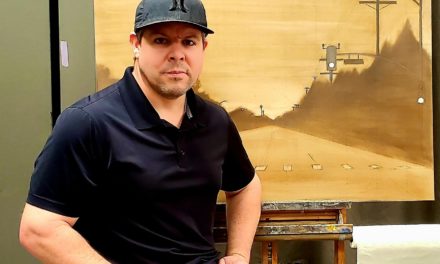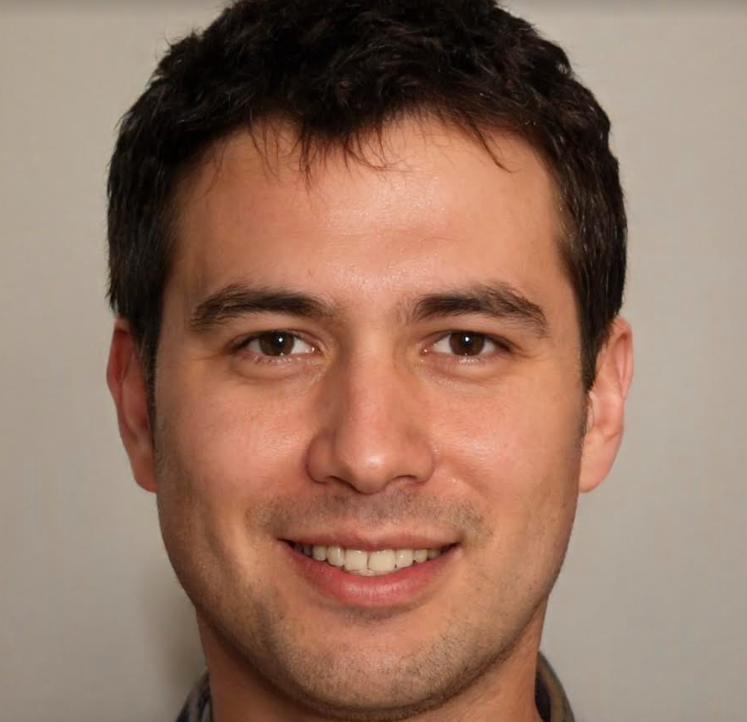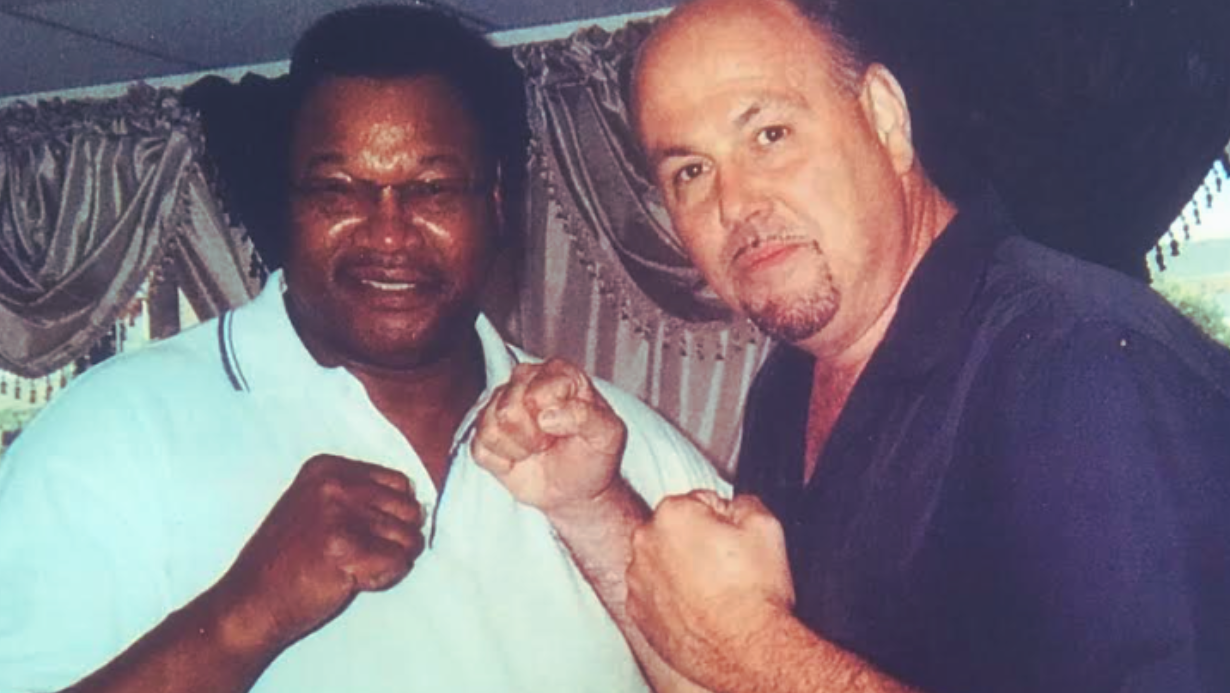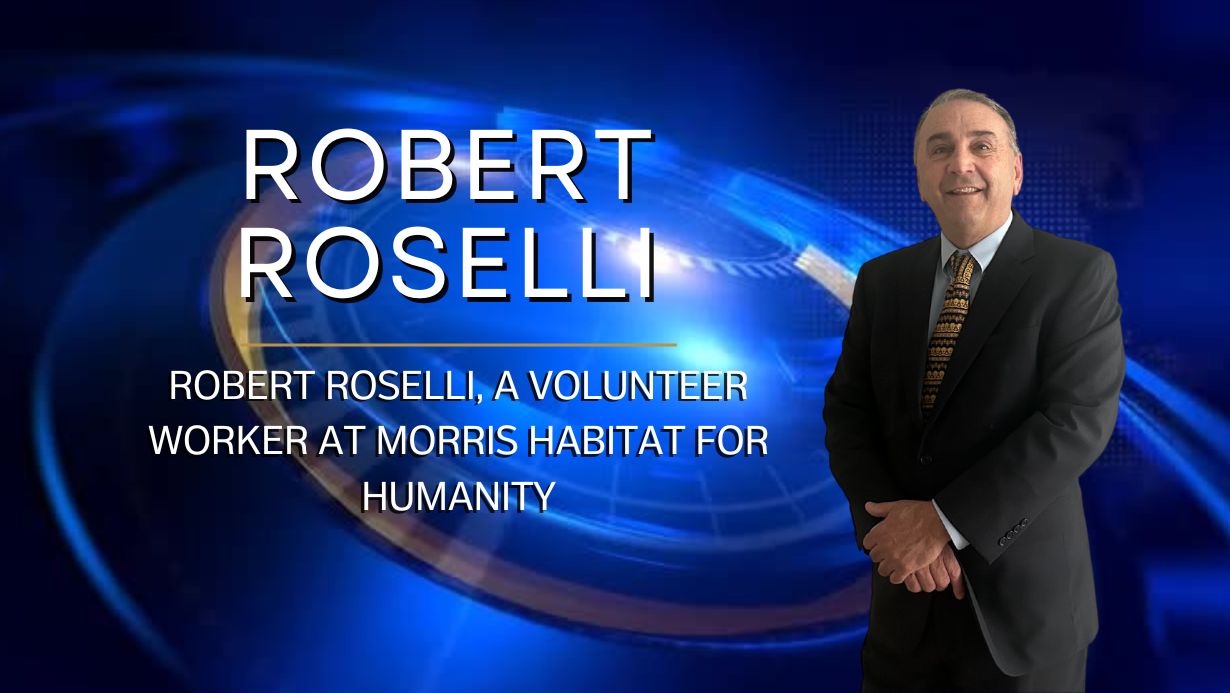by Dr. David Friedman
DR DAVID FRIEDMAN AUTHOR, SPEAKER, RADIO/TV HEALTH EXPERT

Social distancing is being enforced across the nation as an attempt to contain and eliminate the coronavirus. But is being quarantined indoors and having our beaches closed the answer? Your best defense against the virus is to get ultraviolet (UV) light from the sun and breathe in the fresh spring air! Lysol labels showing the product kills the coronavirus has gone viralment has lied to us about the existence of the coronavirus. Scientists es in the coronavirus family, but only seven afflict humans. Four are known to cause mild colds in people, while others are more novel, deadly, and thought to be transmitted from animals. SARS and MERS are classified as coronaviruses. They are structurally similar to the current coromitted in the same fashion as the flu and common cold: by close contact with infected people and from respiratory droplets when an infected person sneezes or coughs.
What we do know about all viruses, including those in the coronavirus family, they don’t survive well when exposed to heat. AccuWeather founder Dr. Joel N. Myers says, “UV light can damage or destroy various types of pathogens, like SARS and MERS. Sunshine negatiely impacts many similar viruses, and it may have similar effects on the coronavirus.” Viruses, including those in the coronavirus family, tend to subside in warmer months because their outer structure called the “lipid envelope” is destroyed by heat. People get a fever when they have the flu because that’s the body’s way of increasing internal temperature in an attempt to First, it’s important to know, the coronavirus is not new. Photos of old (pun intended;) creating conspiracy cover-up theories that the government have known about the coronavirus since 1961. There are dozens of virus navirus which is specific to a disease called COVID-19 (abbreviation for Coronavirus Disease of 2019.) According to the CDC, COVID-19 is trans to destroy the virus. Viruses hate the heat!
While experts are saying it’s too early to know for sure if this current coronavirus strain will experience the same cellular destruction when exposed to heat, when we look at comparable coronavirus outbreaks like SARS, it started in November and lasted until July. Many experts have attributed warm weather to the eradication of SARS. Also, according to the American Journal of Public Health, sunshine and fresh air have been used successfully to treat patients during the three biggest viral pandemics of the last century. Each one was caused by a novel type A influenza virus. Records from these “open-air” hospitals show sunshine and fresh air spared many from dying from the outbreak
The World Health Organization’s published data on stability and resistance of SARS coronavirus which states that “heat kills the SARS coronavirus in 15 minutes.” The SARS coronavirus happens to share 90 percent of its DNA with the current coronavirus (COVID-19.) According to the Lancet Medical Journal, “There are many similarities between severe acute respiratory syndrome (SARS) and coronavirus disease 2019 (COVID -19) from the virus homology to the origin and transmission route.”
Research published in Plos One Medical Journal shows dry, cold air helps viruses stay intact in the air or travel farther as they become airborne. High temperatures and in particular high humidity, like people experience at the beach, slows the influenza spread, and at very high humidity levels, the virus stops spreading completely. But what about breathing people’s germs that are standing too close to you at the beach? Warmer air holds more moisture, which prevents airborne viruses from travelling as far as they would in dry air. When you’re outside in the sunshine, the small liquid droplets from a cough or sneeze gather more moisture when they are expelled. This makes them too heavy to stay airborne which causes them to drop to the ground. The heat from the sun also breaks down the exterior surface of a virus, making it less stable and less likely to cause an infection.
On March 9th, the University of Maryland School of Medicine published a paper using weather modeling to determine the “regions most likely to be at a higher risk of significant community spread.” This study shows that the coronavirus has thus far spread most effectively in regions where the average temperatures are between 41 and 52 degrees. Then how can we explain the increase in COVID-19 cases in Florida, the “sunshine state”? Well for starters, Florida is the number one port of entry for cruise lines in the United States. People travel all over the world inside these ships and Florida is their final destination. Cruise ships are like sardine cans, offering the complete opposite of social distancing. Then we have to take into consideration the recirculated air people breathe while cruising (I’ll cover that in a minute.) Also, Florida has more theme parks per capita than anywhere in the U.S, including Disney World, Sea World, Epcot, Busch Gardens and Universal Studios.
While these places recently closed, because of the coronaviruses incubation period lasting two weeks, people that got infected in Florida in Feb have created a cascade effect that will need to run its course.

Dr. Ian Lipkin, director of the Columbia University’s Center for Infection and Immunity, has dedicated his career to identifying viruses and helping governments and health organizations confront outbreaks and global epidemics. Dr. Lipkin says, “UV light breaks down nucleic acid of a virus. It almost sterilizes surfaces. If you’re outside, it’s generally cleaner than inside simply because of that UV light.” UV light is so effective at killing bacteria and viruses it’s often used in hospitals to sterilize equipment. In fact, a study published by the American Journal of Infection Control shows that ultraviolet light eliminates up to 98 percent of pathogens in the operating room.
In a study published by the Journal of Infectious Diseases, scientists simulated sunlight on influenza virus aerosols and found the virus half life was significantly reduced from 31.6 min in the dark control group to just 2.4 min in simulated sunlight. In other words, sunlight destroyed the virus! A company out of Denmark has created a new technology on using UVD (Ultra Violet Disinfection) robots that kill 99.99% of bacteria in 10 minutes and are also effective against viruses. The UVD Robot has a proven track record at destroying MERS and it also “kills the coronavirus.” The company that created these robots is getting interested in the U.S., not only hospitals but prisons, hotels, and airports. The University of Nebraska Medical Center has used UV light to disinfect rooms in the past when treating Ebola patients and they are currently using UV light to kill the coronavirus on facemasks so they can be reused due to the shortage. While we don’t have access to a UVD robot in our home, we do have free access to the ultimate UV source outside of our home; the sun!
That said, in my opinion, keeping the beaches closed and having people quarantined inside their homes is a bad decision. Getting more sunshine is a proactive step we can all take at protecting ourselves from the current coronavirus outbreak. Instead of staying quarantined inside your house, go outside on your back deck and soak up some virus destroying sunshine! If you live in a high-rise building, open the window, pull up a chair and read a good book (of course, I recommend my #1 best-selling book, Food Sanity, how to eat in a world of fads and fiction.) Getting sunshine for at least 15 minutes will give your body its RDA of immune boosting vitamin D.
FRESH AIR DESTROYS CORONAVIRUS!
In addition to sunshine, getting fresh air can help protect us from COVID-19. During this social distancing, officials are recommending people stay inside their homes. Netflix and Amazon Prime Video streaming services are experiencing a historic record number of viewers. Staying indoors binge-watching TV means breathing dirt, dust, and dander which can create more airborne attachments for bacteria and viruses. This dirty air can weaken our immune system, making us more prone to coronavirus contamination. According to the Environmental Protection Agency (EPA), the air inside our home is up to five times more polluted than the air outside. In recent years, comparative risk studies performed by the EPA and its Science Advisory Board (SAB) have consistently ranked indoor air pollution among the top five environmental risks to public health! The EPA warns us that indoor air makes people more prone to sinus infec tions, cough, asthma and other respiratory illnesses, nausea and a suppressed immune system.
Since COVID-19 primarily affects the lungs, it makes common sense that breathing in fresh air would help. Science on how our lungs function shows us that air helps the aviation routes of our lungs to expand better which aids in the purging activity of the lungs. Breathing fresh air can help make the lungs stronger and able to prevent and combat the coronavirus compared to breathing stagnant indoor air.
There is evidence from previous outbreaks of similar coronaviruses that people exposed to indoor air are at a greater risk of dying. Scientists who studied the SARS coronavirus outbreak in 2003 found that infected patients from regions with higher air pollution were 84% more likely to die than those in less polluted areas. Aaron Bernstein, director of the Center for Climate, Health, and the Global Environment at the Harvard T.H. Chan School of Public Health says, “There’s lots of evidence that air pollution increases the chances that someone will get pneumonia, and if they get pneumonia, they will be sicker with it. While we don’t have direct evidence of that with COVID-19, I would be surprised if air pollution did not affect the risk for COVID-19 infection and the severity of illness.”
Social distancing yourself 6 feet away from someone that might be infected INDOORS is far riskier than being separated from this same person six feet away from you OUTDOORS.
We have to be careful not to let social distancing turn into us hunkering down inside our home all day. If you want to decrease your odds of getting this coronavirus infection, go outside, get some fresh air and sunshine. When you’re indoors, open up your windows and let some fresh air inside. This will help clear out floating airborne particles and also help your lungs function at their optimal level. Springtime is here! Distance yourself from people, not sunshine and fresh air. ~Dr David Friedman
Dr. David Friedman is the author of the award-winning, #1 national best-selling book Food Sanity, How to Eat in a World of Fads and Fiction. He’s a Doctor of Naturopathy, Chiropractic Neurologist, Clinical Nutritionist, Board Certified Alternative Medical Practitioner, and Board Certified in Integrative Medi cine. Dr. Friedman is a syndicated television health expert and host of To Your Good Health Radio, which has changed the face of talk radio by incorporating entertainment, shock value, and solutions to everyday health and wellness issues. https://doctordavidfriedman.com

FOODSANITY.COM
Food Sanity: How to Eat in a World of Fads and Fiction
As health expert for Lifetime television’s syndicated morning show and radio host, Dr. David Friedman has spent 18 years interviewing hundreds of health advocates, scientists, doctors and bestselling authors. His goal has always been to share research-based advice to help his audience reach their optimal health. Unfortunately, that’s not what happened.
Instead, every guest would leave his audience (and him self) more confused. The proponent of a vegan lifestyle would contradict the Paleo enthusiast. Those who swear by the Mediterranean eating style would be opposed to what the Gluten Free experts reported. Every week it was a new thing. Frustrated with so much biased and conflicting information, Dr. Friedman dove into the research and took a common sense meets common science approach. In his award-winning, #1 national best-selling book, Food Sanity,
how to eat in a world of fads and fiction,Dr. Friedman
clears up the contradictions and misconceptions about what we are (and are not) supposed to eat.
Here’s just a taste of what you’ll learn in Food Sanity:
The one thing missing from most diets that causes you to regain your weight back, and then some.
Vegan, Paleo, Keto, Medite, which is better?
You don’t need to drink cow’s milk for strong bones. In fact, research shows it causes brittle bones!
Beef doesn’t give us the protein humans require.
Fish do not contain toxic levels of mercury and can be eaten every day!
Eggs do not cause high cholesterol. In fact, they lower it!
Many health experts say gluten is a leading cause of disease but research shows it reduces the risk of heart disease, cancer, lowers blood sugar and aids in weight loss!
#1 National Bestseller: Food Sanity –How to Eat in a World of Fads and Fiction
As health expert for Lifetime television’s morning show and syndicated radio host, Dr. Friedman has spent the last fifteen years interviewing hundreds of health advocates, scientists, doctors and New York Times bestselling authors. His goal has always been to share cuttingedge topics and advice to help his audience reach their optimal health. Unfortunately, that’s not what happened. Instead, every guest would end up leaving them (and Dr. Friedman) more and more confused. From proponents of a Vegan, Paleo, Mediterranean Diet to a Gluten Free and Low Carb Diet, the opinions are as different as night and day. After becoming frustrated with so much biased (often paid for) and conflicting research, Dr. Friedman created a common science meets common senseapproach that finally puts an end to the culinary conundrum!

ORDER NOW
Amazon—Food Sanity














